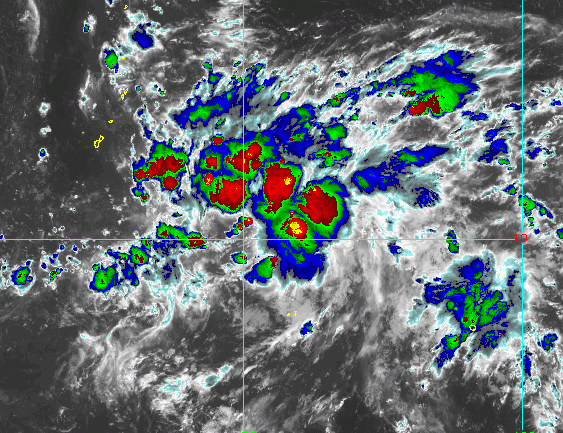Modeling Systems Research

Much of the Regional to Global-scale Modeling work done at CIRA is performed by approximately 20 CIRA researchers who are integrated into various collaborative research activities within the Global Systems Division (GSD) at the NOAA Earth System Research Laboratory (ESRL) in Boulder. They conduct research and development to provide NOAA and the nation with observing, prediction, computer, and information systems that deliver environmental products ranging from local to global predictions of short-range, high impact weather and air quality events to longer-term intra-seasonal climate forecasts.
CIRA researchers and scientists, in partnership with GSD, Global Monitoring Division (GMD), and Physical Sciences Division (PSD) scientists, conceive, design, and test the forecast impact of meteorological observing systems, with an emphasis on integrated observing systems employing a large range of measurement systems. They develop modeling and assimilation techniques and information systems to improve the short-range weather forecasting necessary for severe weather watches and warnings, heavy precipitation events, water management, air quality forecasting, and fire weather prediction. They develop the global Earth system modeling and assimilation techniques needed for global chemical transport and regional climate simulations.
Together with our partners at the NOAA ESRL, CIRA scientists and researchers investigate high-performance computer architectures to handle the enormous computational demands of environmental models and develop environmental information systems to support commerce, transportation, emergency management, and other societal needs. They support NOAA in high-performance computing through new computing technology and improved software engineering practices while investigating advanced computer architecture to handle the enormous computational demands of environmental models.
In other research, our scientists use models to improve the representation of clouds and land surface processes and to investigate the response of regional hydrology to global climate change. These impact studies help facilitate the development and enhancement of models for both operational forecasting and research applications. They help create tools that allow scientists to obtain more information from observations and simulated observations and conduct weather analysis, numerical forecasting, and ensemble forecasting.
